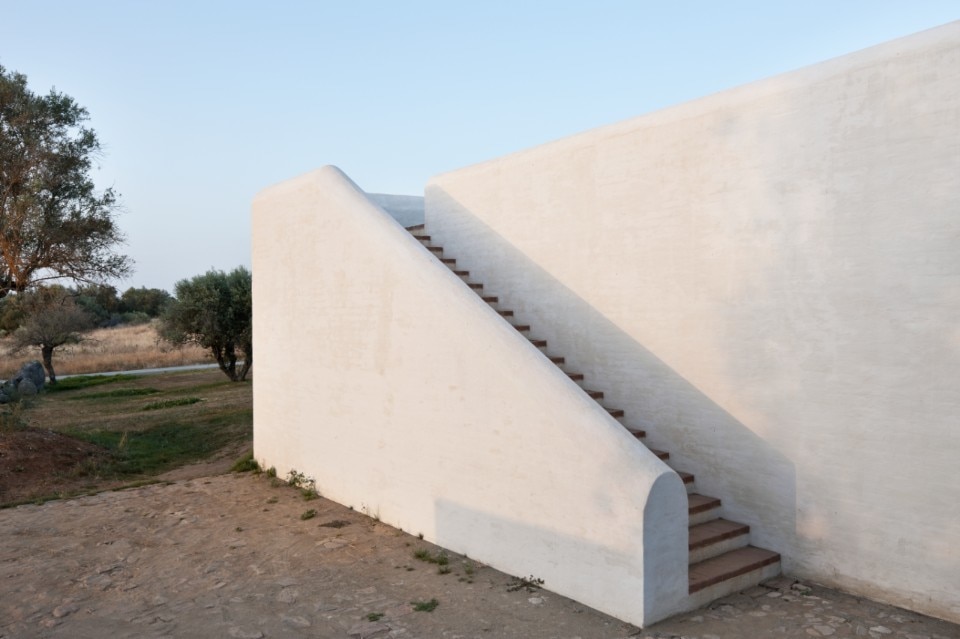Established in 1948, the camp followed the extended-family pattern and building typology of the refugees’ villages. In a layout where roads provided light and ventilation, the goal was to increase non-built areas from 11% to 35%: it was achieved by giving each building an independent structural system allowing for vertical expansion up to four floors on a reduced footprint.

Location: Tripoli, Lebanon
Architect: United Nations Relief & Works Agency (UNRWA), Nahr el-Bared Reconstruction Commission for Civil Action and Studies (NBRC)
Client: United Nations Relief & Works Agency (UNRWA), Beirut, Lebanon
Completion: 2011
Site size: 190,000 square metres


Klimahouse 2025: twenty years of sustainability
Now in its 20th edition, the international trade fair dedicated to responsible construction, energy efficiency and building renovation will be held in Bolzano from 29 January to 1 February.




















